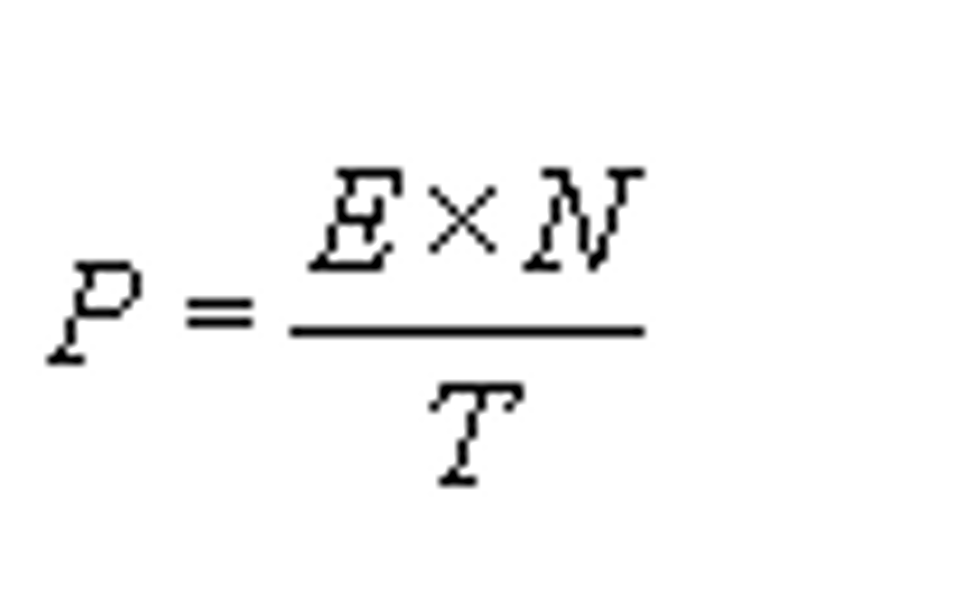['Water Programs']
['Point Sources', 'Water Permitting', 'Stormwater', 'Municipal Wastewater', 'Industrial Wastewater', 'Water Quality']
05/06/2022
...
(a) When part of a discharger's process wastewater is not being discharged into waters of the United States or contiguous zone because it is disposed into a well, into a POTW, or by land application thereby reducing the flow or level of pollutants being discharged into waters of the United States, applicable effluent standards and limitations for the discharge in an NPDES permit shall be adjusted to reflect the reduced raw waste resulting from such disposal. Effluent limitations and standards in the permit shall be calculated by one of the following methods:
(1) If none of the waste from a particular process is discharged into waters of the United States, and effluent limitations guidelines provide separate allocation for wastes from that process, all allocations for the process shall be eliminated from calculation of permit effluent limitations or standards.
(2) In all cases other than those described in paragraph (a)(1) of this section, effluent limitations shall be adjusted by multiplying the effluent limitation derived by applying effluent limitation guidelines to the total waste stream by the amount of wastewater flow to be treated and discharged into waters of the United States, and dividing the result by the total wastewater flow. Effluent limitations and standards so calculated may be further adjusted under Part 125, Subpart D to make them more or less stringent if discharges to wells, publicly owned treatment works, or by land application change the character or treatability of the pollutants being discharged to receiving waters. This method may be algebraically expressed as:

where P is the permit effluent limitation, E is the limitation derived by applying effluent guidelines to the total wastestream, N is the wastewater flow to be treated and discharged to waters of the United States, and T is the total wastewater flow.
(b) Paragraph (a) of this section does not apply to the extent that promulgated effluent limitations guidelines:
(1) Control concentrations of pollutants discharged but not mass; or
(2) Specify a different specific technique for adjusting effluent limitations to account for well injection, land application, or disposal into POTWs.
(c) Paragraph (a) of this section does not alter a discharger's obligation to meet any more stringent requirements established under §122.41, 122.42, 122.43, and 122.44.
['Water Programs']
['Point Sources', 'Water Permitting', 'Stormwater', 'Municipal Wastewater', 'Industrial Wastewater', 'Water Quality']
UPGRADE TO CONTINUE READING
Load More
J. J. Keller is the trusted source for DOT / Transportation, OSHA / Workplace Safety, Human Resources, Construction Safety and Hazmat / Hazardous Materials regulation compliance products and services. J. J. Keller helps you increase safety awareness, reduce risk, follow best practices, improve safety training, and stay current with changing regulations.
Copyright 2025 J. J. Keller & Associate, Inc. For re-use options please contact copyright@jjkeller.com or call 800-558-5011.
